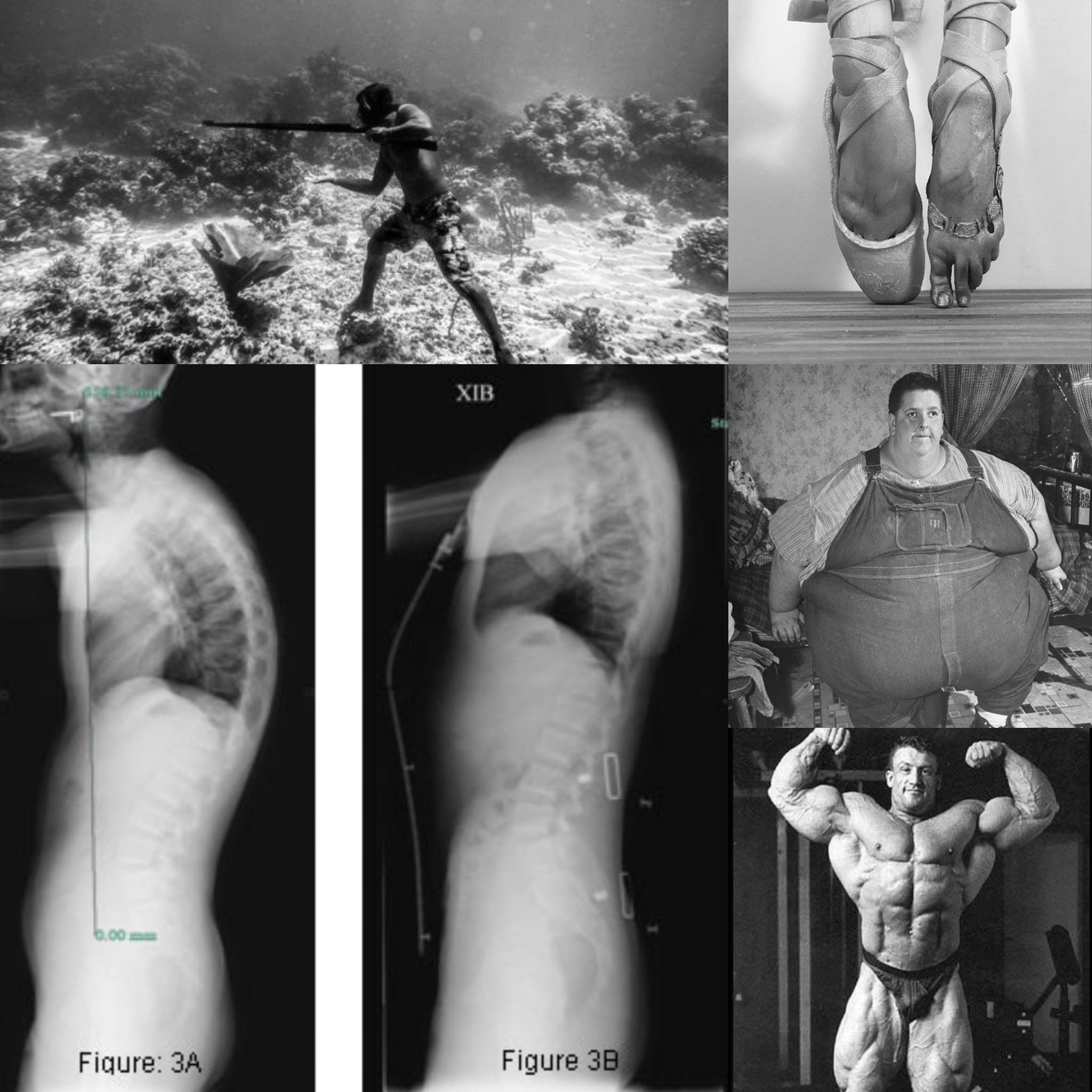The edge of your yard is marked by a fence; an imaginary line drawn by humans. Birds, foxes, deer, squirrels, bees, and weeds have no sense of these boundaries. They come and go based on less-visible edges drawn needs around food, safety, competition and reproduction. These realities of survival shape their boundaries every day. Contrary to common perception we are Nature and Mother Nature doesn’t work in straight lines. Like the natural boundaries of plants and animals your stress-tolerance is like a territory in the wild. The boundaries shrink or expand based on how you manage the survival physiology that drives much of your behavior.
A term coined by Dr. Daniel Seigel, Window of Tolerance defines the terrain where you can manage stress well. The upper boundary marks your threat response in the sympathetic nervous system and the lower edge marks your rest and repair response in the parasympathetic nervous system.
When you’re living in the window, you experience a range of conditions in the nervous systems including focused arousal, flow state, rested readiness, learning, passive attention, sex, deep sleep, and recovery. Ideally, this range is as broad as possible. This means you can recover deeply and respond well to challenges without losing access to the resources of your higher brain.
The higher the upper edge, the more emotional and physical strain we can handle without anxiety. The lower the bottom edge, the richer our garden of resources for creating and repairing systems and the harder it is for us to stagnate in depression. It’s common to go over the edges into the margins of dysregulation. With practice, you can read your state using cues in your physiology to navigate the edge, and widen our territory. You can learn from the edge, and adapt to reality. If you become complacent your territory shrinks.

The inability to read your body’s cues at the upper edge of the window is like an elk who can’t smell a predator in the wind making it vulnerable to the coming threat. If instead you use your senses, you’ll notice the danger, and move to better territory. This is done by regulating breath and body mechanics to migrate back to tolerance. Miss the cues and get eaten by panic. If you become chronic in avoiding our physiology at this edge, you narrow your territory and become hypervigilant even when no danger is present. You see wolves everywhere and even the most luscious grass is unsatisfying.
Ignore your physiology in the lower margins of our window of tolerance and important cues about depletion and depression will be missed.This is similar to how birds tend to their nests. Expand this lower edge by recovering intentionally to nourish our stores. Deactivating practices like deep sleep, yoga nidra, meditation, restorative breath, or forest bathing immerse you in supple, intelligent states of repair. This widens your tolerance to stress by helping you stash away resources in our territory for future use.
Checking out isn’t an option. All of nature lives by these simple rules; attend to the body’s needs, engage with survival and recovery to make yourself resilient and capable. If we ignore the edges by rarely exercising or not nourishing our bodies well, the edges of our window of tolerance start creeping inward. Our range of responsiveness narrows to stress and opportunity.
If you are reading and regulating state well, you know when to recover and when to add strain. You’re likely sleeping deeply, breathing intentionally to create regulated and efficient energy systems, eating real food, moving and recovering well, and your territory is vast. A sharp word, spilled coffee, and unexpected opportunities are easy to manage. Ignore the cues and disengage with your own physiology, and you will pay the price set by Nature’s law.
Chronic stress is really chronic mismanaged physiology, and the lifestyle diseases that prosper in humanity are the result. Culturally, we are being devoured by narrow windows of stress tolerance; like birds without a nest, waiting for someone to bring us a worm. Increased vulnerability to stress is not because the stress is too much. We become vulnerable when we forget to claim the territory of tolerance in our physiology.



